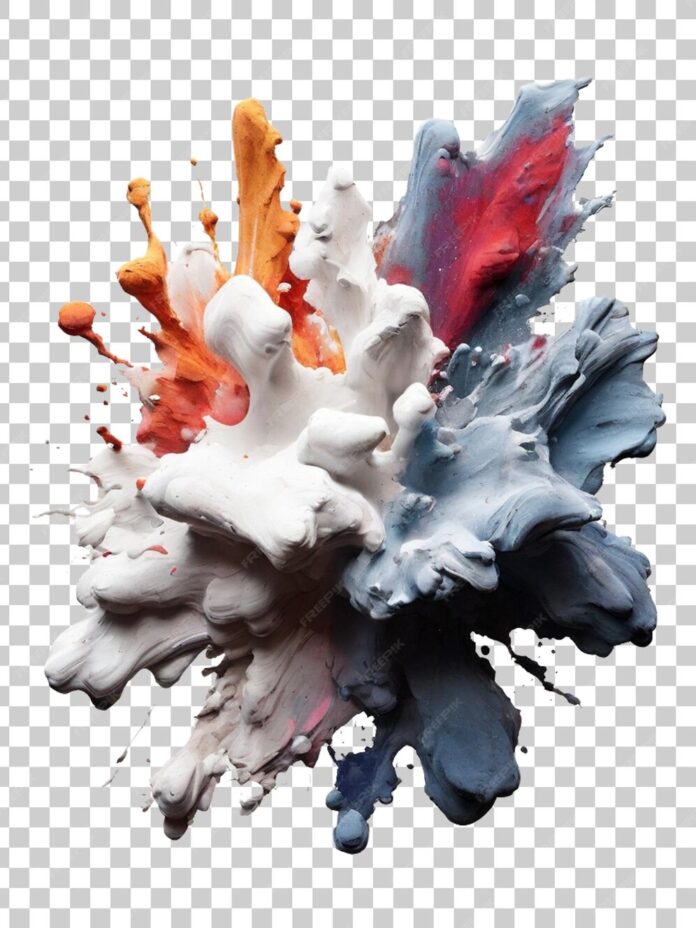Matplotlib.pyplot.fill() function is used to fill the area enclosed by polygon /curve.
Syntax: matplotlib.pyplot.fill(*args, data=None, **kwargs)
Parameters:
*args: sequence of x, y, [color]
sequence of x,y = To traverse the boundaries of the polygon or curve defined by lists of x and y positions of its nodes.color = To change the default fill color to the desired one.You can plot multiple polygons by providing multiple x, y, [color] groups.
data: indexable object, optional
default value = none
You can directly provide labeled data in the form of a dictionary. For better understanding refer to Example2Returns: A list of Polygon
Other Parameters:
**kwargs: Supports all other properties of Polygon patch.
Example 1:
Python3
# Importing the library import matplotlib import matplotlib.pyplot as plt import numpy as np # Data for plotting x = np.arange(0.0, 2.0, 0.01) y = 1 + np.sin(2 * np.pi * x) plt.plot(x, y) # Assighning plot attributes plt.xlabel("angle") plt.ylabel("sine") plt.title('sine wave') # Filling sign wave curv with cyan color plt.fill(x, y, "c") plt.show() |
Output:

Example 1_Output_GFG
Example 2:
Python3
# Importing libraries import matplotlib import matplotlib.pyplot as plt # Below we are using data attribute plt.fill("j", "k", 'm', data={"j": [0, 1, 2], "k": [0, 1, 0]}) # here 'm' for magenta |
Output:

Example 2_Output_GFG

